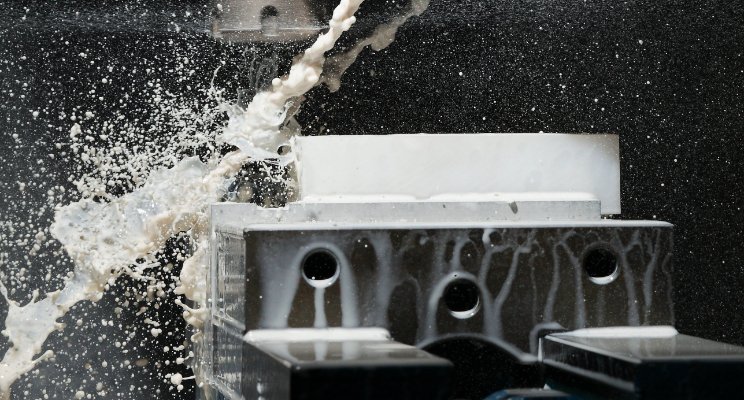Machining has been around for decades. Each generation the cutting tool manufacturers have challenged the status quo in engineering high-performance cutting tools.
The 4 C’s of Machining are changing the landscape of how we machine different materials.
- Carbide
- Ceramics
- CBN’s
- Cermet
Carbide
 Carbide is by far the most versatile tool material available today. By producing in various forms such as inserts, drills, reamers and taps, Carbide tools can machine different materials from Cast Iron to Nickel Alloys.
Carbide is by far the most versatile tool material available today. By producing in various forms such as inserts, drills, reamers and taps, Carbide tools can machine different materials from Cast Iron to Nickel Alloys.
Carbide tools are by far leading the market share by the application. However, I do see a market consolidation in this market space as the technological benefits have diminished and small coating advances and chip breakers are expected to produce incremental gains.
Machining with carbide has its restrictions when turning or milling at high cutting speeds as it is detrimental to the tool life. Innovations in this space are done increasing either the number of cutting edges or reducing the size of the insert- lessening the cost of operation overall.
Ceramics
 Ceramics are the latest leaders in machining industry however the application is far limited when compared to Carbides. Ceramics have come a long way – from oxide ceramics to SialoN. Ceramics today can handle substantial interruption with extreme cutting speeds. Customers with good machining setup with turning and milling application can reduce the cycle times drastically ( usually 1/5th ~ 1/10th of existing).
Ceramics are the latest leaders in machining industry however the application is far limited when compared to Carbides. Ceramics have come a long way – from oxide ceramics to SialoN. Ceramics today can handle substantial interruption with extreme cutting speeds. Customers with good machining setup with turning and milling application can reduce the cycle times drastically ( usually 1/5th ~ 1/10th of existing).
Ceramics also improve the machine downtime, increase the tool life and remove coolant costs overall. When applied for Rough Steel Turning, it can reduce the cycle times by 30%.
CBN’S/PCBN’s
 When Customers have stable process conditions with high volumes, PCBN’s are best for cast iron milling and turning. For Hardened steel material, CBN’S are the first choice with content greater than 45Hrc with a potential to replace grinding as well. PCBN’s and CBN’s have replaced/created a lot of new opportunities in machining overall.
When Customers have stable process conditions with high volumes, PCBN’s are best for cast iron milling and turning. For Hardened steel material, CBN’S are the first choice with content greater than 45Hrc with a potential to replace grinding as well. PCBN’s and CBN’s have replaced/created a lot of new opportunities in machining overall.
Cermet

A mixture of Ceramic and Carbide, Cermets are best for steel finish machining on both turning and milling. They have better control of tolerance and have higher tool life when compared to carbides. When Cermets are applied, clients can reduce cycle times by 40%, minimum.
About Author

Abhilash Pulavarty Techno-commercial individual with 5+ years of experience of creating growth for cutting tool companies. He currently works with CeramTec India as Technical Sales Manager – South and East India.


